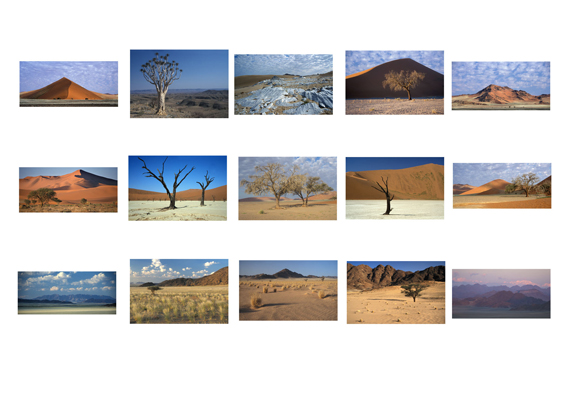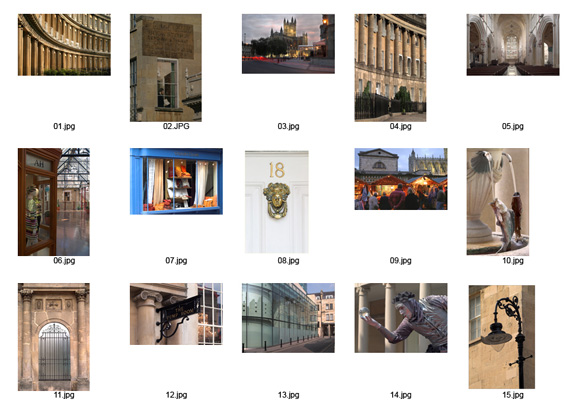TRAVEL PHOTOGRAPHY - A Royal Photographic Society Distinction
My all-consuming interest in photography in general and travel photography in particular goes back to the late 1960’s when on a misty Friday evening I was travelling by ferry, from Mallaig on the Scottish mainland, to Armadale on the Isle of Skye. It was already dusk when the island came into view. The island was surrounded by a clinging, eerie, atmospheric mist. I knew then why it was known as “The Misty Isle”. At that time I was not a serious photographer but I did have a camera loaded with Kodachrome K25 transparency film, without doubt one of the best colour slide films ever produced. I did a manual calculation on exposure from the symbols on my Kodak Bantam 3 camera and, with fingers crossed, took a picture.
When the film was processed the only way I had of looking at the images was on a hand held viewer. This did allow me to see my “Misty Isle” but, in all honesty, it did not really excite me.
A year or so later I bought a projector and screen and projected the transparency for the first time. I was captivated by the subtle colours and sense of a third dimension and instantly transported back to that time and place. I had stumbled across Photo Travel photography without knowing what it was. My meagre efforts had, for me, captured a sense of that time and place and recalled the memory of that occasion.
That single image was the prime factor that drew me into serious photography.
Travel photography can be defined as “Images that express a feeling of a time and place, portray a land, its people or a culture in its natural state. They have no geographical limitations. Ultra close-ups which lose their identity, studio type model shots or photographic manipulations which significantly change the true situation of the image are not acceptable”.
Travel photography is a very special branch of documentary visual journalism that, quite rightly, warrants its own category within the Royal Photographic Society.
What makes a good travel image? Landscapes, seascapes, cityscapes, buildings, environmental portraits, still life, events with people doing things, virtually anything that can be broadly covered by the definition of Travel photography will qualify. They should, if in a panel, have a theme that relates them to a region, location or event.
Many photographers, who have gained an LRPS, and are wondering which direction they should follow for an Associateship, should be in a very strong position to start building a panel in the Travel category. There is no need to journey to the four corners of the world to get successful images, do so if you wish, and many of us do, however excellent Travel images can be captured on your doorstep.
The advantage of “doorstep” photography is that you can revisit your chosen location time and time again until you get it right. Not everyone can be, for example, a successful Natural History or Visual Art photographer however most dedicated photographers can record excellent Travel images. The Travel panel possibilities near to home or a little further afield in your own country are virtually endless and limited only by the individual’s imagination.
Possibly the most difficult step of all is defining what your project will be. Most successful Distinction panels for the Associateship and Fellowship are built around solid project statements or statements of intent.
The following images are examples of Travel photography.
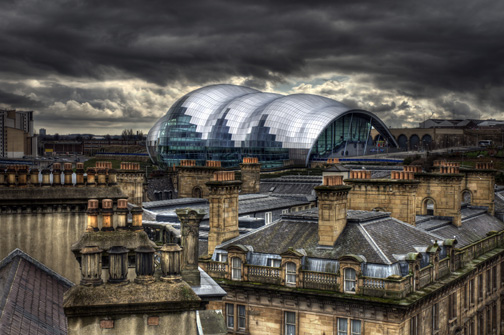
Sage Emerging – Newcastle upon Tyne
“Sage Emerging” is a cityscape image of Newcastle upon Tyne shot from the Tyne Bridge. It was part of a project on “The Face of Newcastle upon Tyne”.
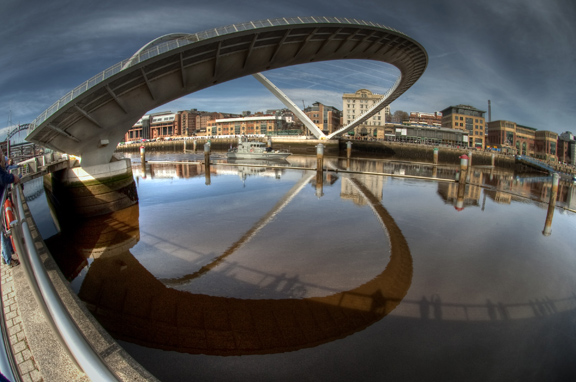
Millennium Eye Open – Newcastle upon Tyne, Quayside
“Millennium Eye Open” is another image from the same project. It shows the Millennium Bridge opening to allow a naval vessel to pass through. The two images could form the basis of a project focusing on the city of Newcastle upon Tyne.
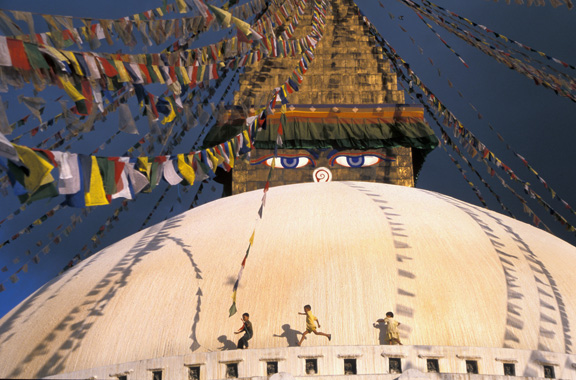
Forever Gazing Down – Bodhnath, Nepal
“Forever Gazing Down” was photographed at Bodhnath Stupa in Nepal. It shows the Stupa, a place of worship for Buddhists, and life being lived by the children playing around it. It would fit nicely into a set of images aiming to show the land and culture of Nepal.
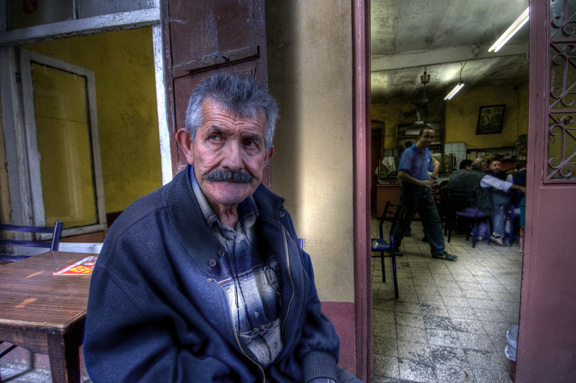
Men’s Club Istanbul
In Travel photography it is said a “fly on the wall” approach is the best way to capture “life being lived” images of people. This shows a men’s club in Istanbul with the obligatory minder on the door. It has a high story telling content.
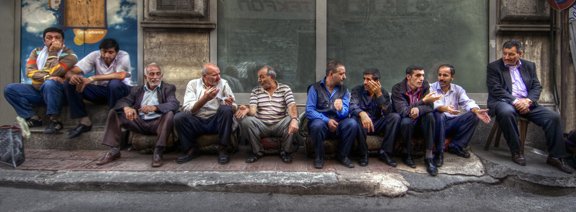
Men at Work – Istanbul
An image “shot from the hip” of a discussion group in the backstreets of Istanbul. It was captured by the use of a wide angle lens and cable release so allowing me to take the picture without the group paying me any attention.
These two images could fit into a panel on Istanbul.
Let's look at three successful but very different Travel panels.
Bob Turner had gained his LRPS and was having difficulty deciding on a project for, or the way forward to, the Associateship until he came up with the following project statement:
"The Quayside at Gateshead/Newcastle upon Tyne was, not long ago, a depressed area of decaying buildings which were relics from the 19th Century.
This changed following regeneration of the area which transformed it into a cultural centre that attracts visitors from all over the world.
My aim with this panel was to capture a feeling of the time and place, showing how it is today, at the beginning of the 21st Century.
I have concentrated mainly on architectural shapes and colours. All images were taken within a 200 yard radius of the Gateshead Millennium Bridge and the Baltic Centre for Contemporary Art"

Bob Turner - ARPS Panel layout
At that time Bob's teenage daughter was playing in an orchestra in the Sage, a centre for performing arts next door to the Baltic, so he visited the area on a regular basis at least twice a week when acting as chauffeur. This allowed him to build his panel over a 12 month period until he was satisfied he had achieved his objective and his panel matched his statement of intent.
Although the Distinctions Handbook states a maximum of 150 words in a statement of intent Bob had said all he needed to say in less than 100 words. Don't feel it necessary to pad out a statement to fit the 150 word maximum. It should paint a concise picture of what you intend to show the assessors. Long winded flowery statements should be avoided.
The images were superbly printed approximately 13 inches on the longest side on lustre paper and mounted over-matted on 20x16inch white mounts.
They showed variety within a very tight location.
For someone who knows the area they were an accurate recording of the place at its best in terms of design and lighting. Anyone who did not know the location couldn't but help want to visit it. This is the acid test of successful Travel photography.
…………………………..
Carol Palmer’s panel started with the following statement:
